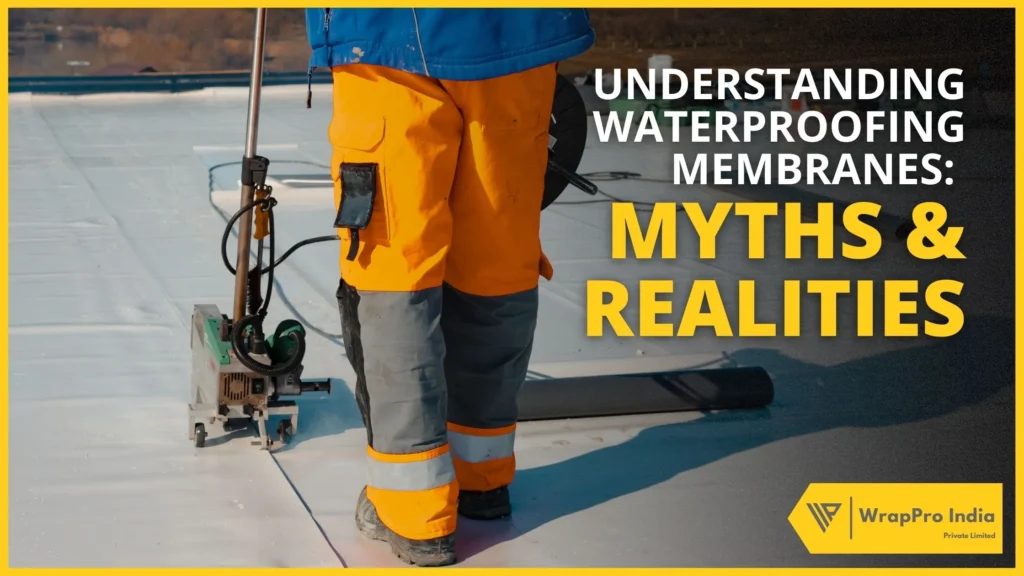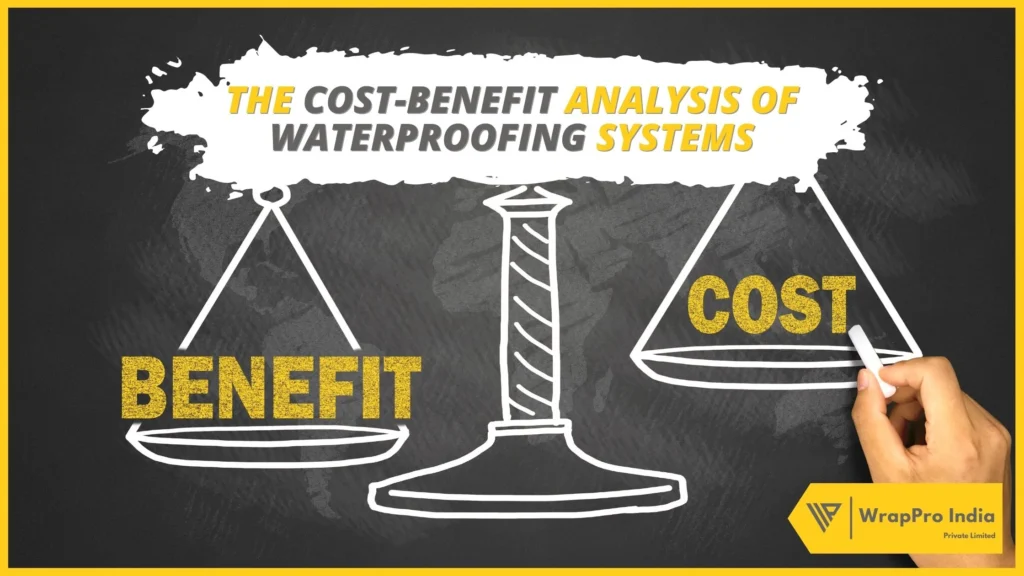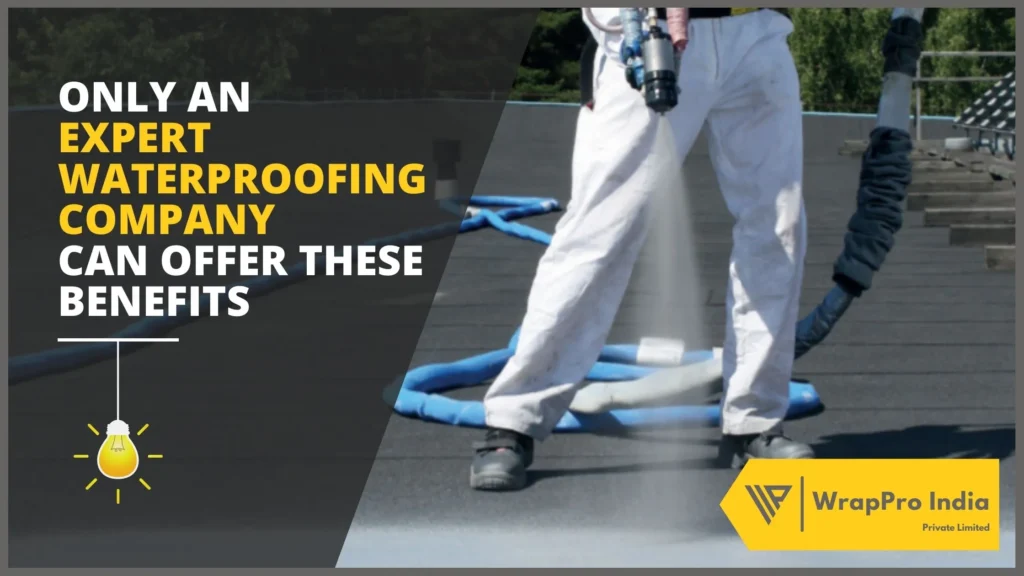Sealing the Gap: The Introduction of Weldable HDPE in Basement Waterproofing

In the complex realm of basement waterproofing, the advent of High-Density Polyethylene (HDPE) membranes marked a significant milestone, offering a robust solution to protect underground structures from water ingress. However, as we discussed in our previous article titled “Best System, Trained Applicator, Yet Basements are Leaking,” the weak spot of HDPE Membranes has been the vulnerability of Overlaps or Seams to failure. This critical issue has underscored the pressing need for ongoing innovation and has highlighted the urgency for developing solutions that are not only robust but also consistently reliable.
From L1 to Liability: The Unspoken Dangers of Cost-Centric Waterproofing Approach

The construction industry has made significant strides, especially in prioritizing the waterproofing of structures by incorporating high-specification construction chemicals and meticulous vendor selection processes to ensure the highest standards are met. Yet, despite these forward-thinking measures, the age-old tendency to opt for the lowest bidder—commonly referred to as the L1 approach—persists, often compromising long-term project quality and overall value.
This comprehensive discussion seeks to highlight why a more nuanced, value-oriented approach should be the standard for selecting waterproofing contractors.
The Indispensable Role of On-Site Mock-Ups in Waterproofing

In the fast-paced world of construction, cutting corners is never an option—especially when it comes to waterproofing. One of the pivotal practices that contribute to the success of waterproofing is the utilization of on-site mock-ups. Contrary to popular belief, these mock-ups are not just a preliminary step; they are, in fact, a fundamental part of risk mitigation and quality assurance in the field of construction waterproofing. This article aims to shed light on the crucial importance of conducting on-site mock-ups and the potential risks of neglecting this significant step.
Understanding Waterproofing Membranes: Myths and Realities

Waterproofing membranes play a crucial role in protecting buildings and structures from the damaging effects of water intrusion. Whether it’s a residential home, commercial building, or infrastructure project, using the right waterproofing solution is essential to ensure the longevity and structural integrity of the construction. However, despite their importance, there are several myths and misconceptions surrounding waterproofing membranes that can lead to misunderstandings and improper usage. In this article, we will explore these myths and shed light on the realities of waterproofing membranes.
The Cost-Benefit Analysis of Waterproofing Systems

As a construction professional, you know that moisture damage can be a nightmare for any construction project. That’s why investing in waterproofing systems is crucial to protect against water seepage and moisture damage. However, the initial cost of waterproofing systems can be high, making it challenging to determine if the investment is worth it. That’s where a cost-benefit analysis comes in.
Elongation At Break: A Misunderstood Metric In Concrete Waterproofing

The topic of elongation is often the center of attention when it comes to waterproofing works. In fact, it’s rare to attend a meeting, participate in a discussion or present on waterproofing without elongation being the primary focus. This is why we felt the need to highlight the importance of evaluating all relevant factors before determining the suitability of a product for a specific project. Elongation, or a product’s ability to stretch without breaking, is just one aspect to consider when selecting an appropriate waterproofing membrane for a concrete surface. Also, In our years of experience as Waterproofing Applicators, the property of elongation may not be as important as commonly believed in this context.
Best System, Trained Applicator, Yet Basements are Leaking.

HDPE Membranes are specialized in waterproofing and protecting basement structures from deterioration, ensuring the interior remains suitable for use. They also offer excellent corrosion resistance by safeguarding concrete from aggressive ground salts and chemicals. To achieve their purpose effectively, proper substrate conditions, installation procedures, and concrete placement must be followed according to the manufacturer’s specifications.
Polyurea Spray Coating for Terrace / Roof Waterproofing

Polyurea coatings have emerged as one of the most robust waterproof and protective barriers suitable for various applications in residential, industrial, and commercial settings. While not a new technology, the use of Polyurea coating systems is rapidly gaining widespread acceptance, particularly in Terrace and Roof areas, where its benefits are becoming increasingly evident.
Leakages Can Haunt You Even After Waterproofing

Waterproofing comprises approximately 1% to 2% of the total construction cost of a building and is responsible for up to 80% of complaints and substantial repair expenses. This understanding has led project owners to exercise caution and consider meticulous waterproofing planning during the pre-construction phase.
Only An Expert Waterproofing Company Can Offer These Benefits

Properly waterproofing critical areas of a building is of utmost importance when it comes to maintaining its structural integrity. Unfortunately, this crucial aspect is often overlooked during construction or repair processes, leading to a host of problems. As a consequence, the building may develop leakages, leading to cosmetic damage, posing safety hazards for homeowners, and even compromising the foundation of the structure.
